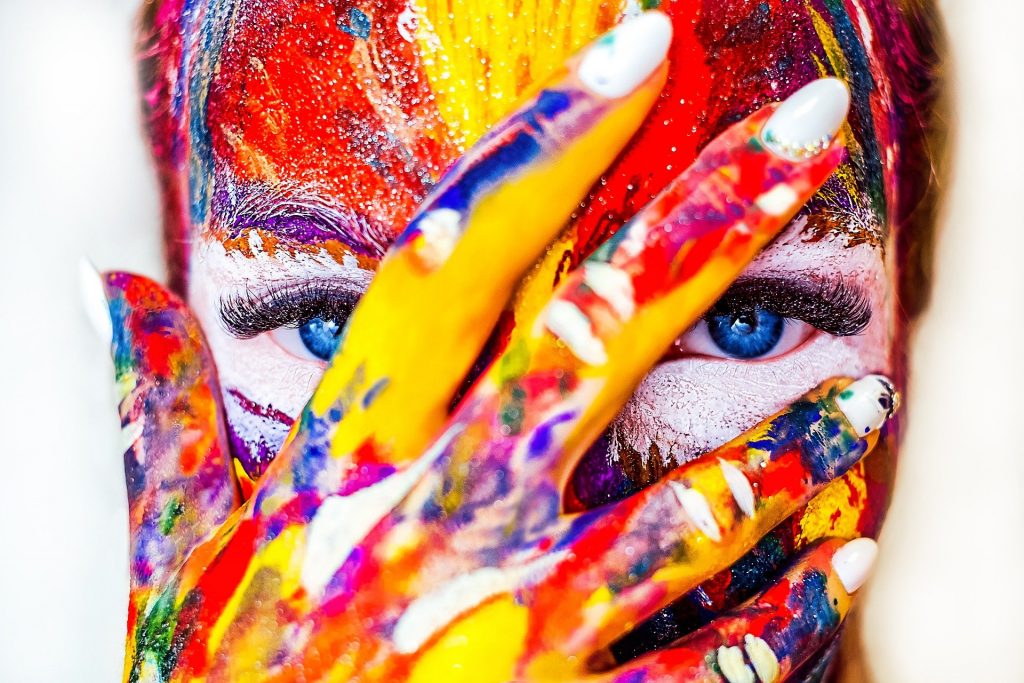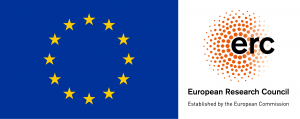Article – Eleonora Chiais, “Make Up, Make Sense: Appunti sul trucco tra ieri e oggi” (Lexia 37-38)

E. Chiais, Make Up, Make Sense: Appunti sul trucco tra ieri e oggi, in “Lexia” (37-38), pp. 341-356.
Abstract
Make-up makes it possible to ‘dress the face’ and modify it. This modification recalls what the dress, according to Barthes, does with the body: it modifies it by showing it, making it exist, without exhibiting it but creating a new meaning. Make-up performes the same “sense making” for the people who ‘wear’ it. In the history of fashion, make-up has evolved, changing with changing trends. Since ancient times, a face care practice has been found alongside make-up which, today, shows all its interpretation power. Beyond this diachronic analysis, however, it is possible to approach the study of this practice synchronically, using a tool (face-charts), able to present a “written make-up” of much more immediate analysis with semiotics tools. Approaching make-up as an intertwining of both social and cultural practices, we will therefore try to propose different types of “made up faces” and then will try to analyse the evolution of make-up practice through the different decades of the Twentieth Century to get to the contemporary with the various variations of the “no make-up” trend.

